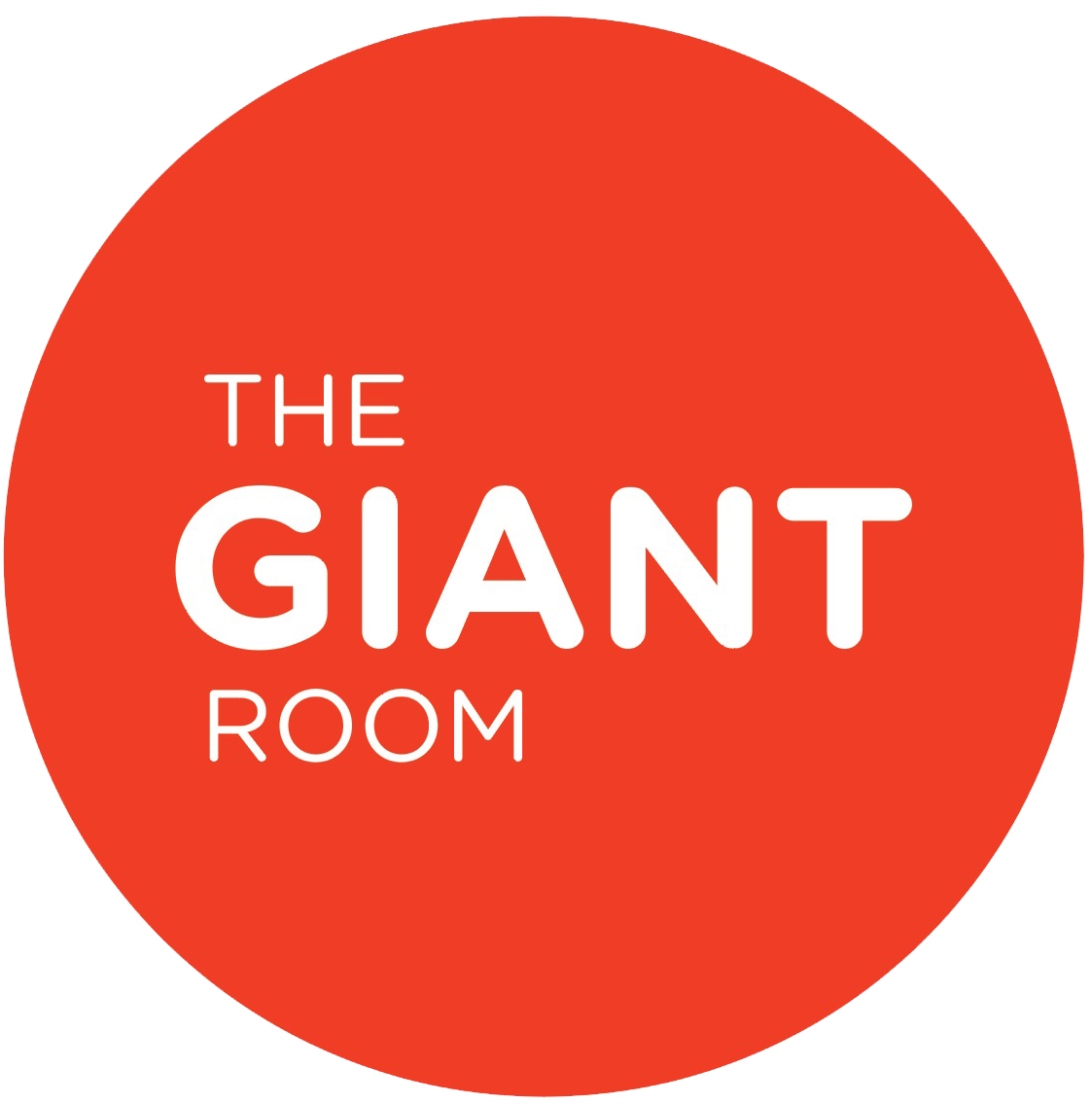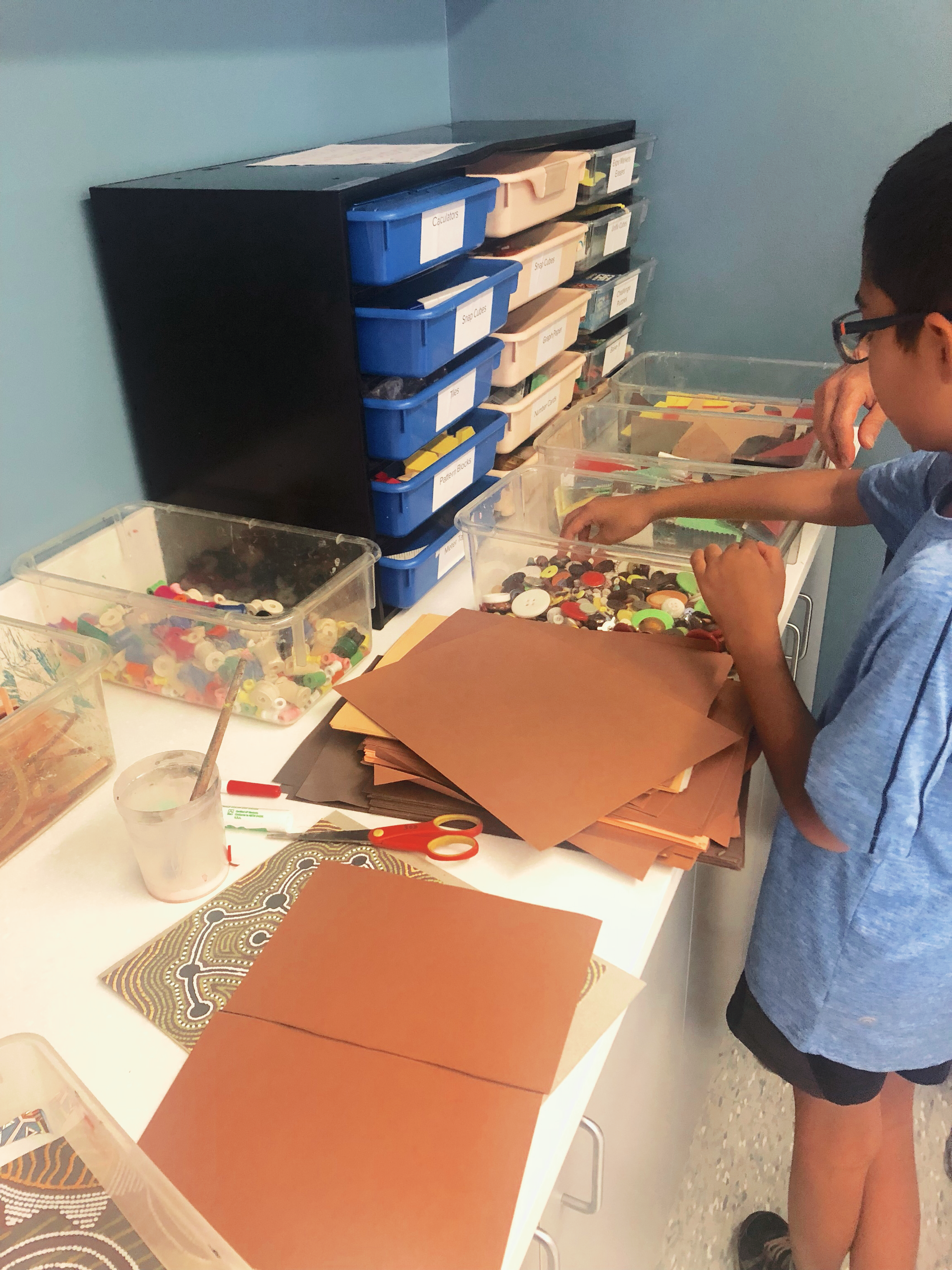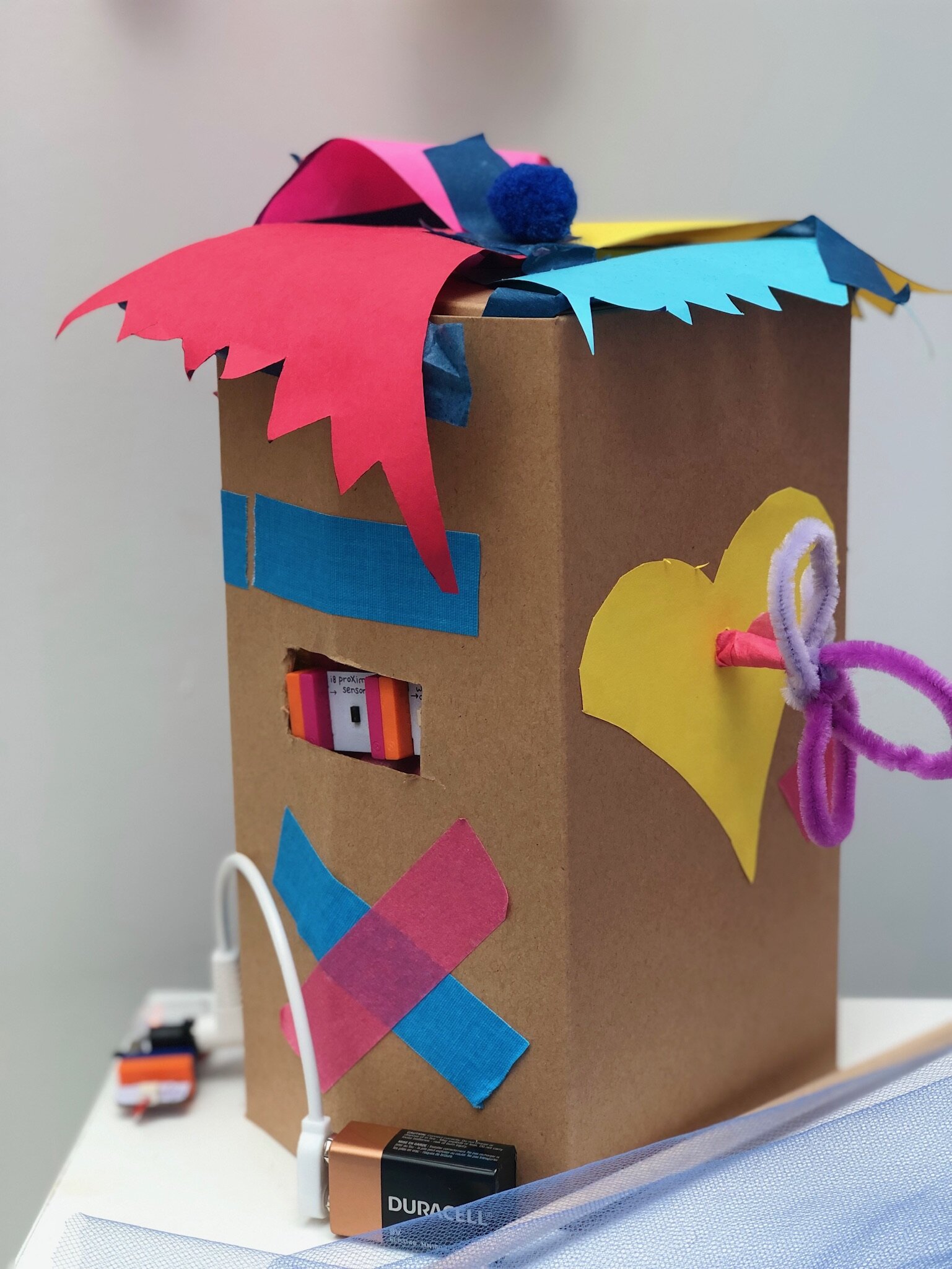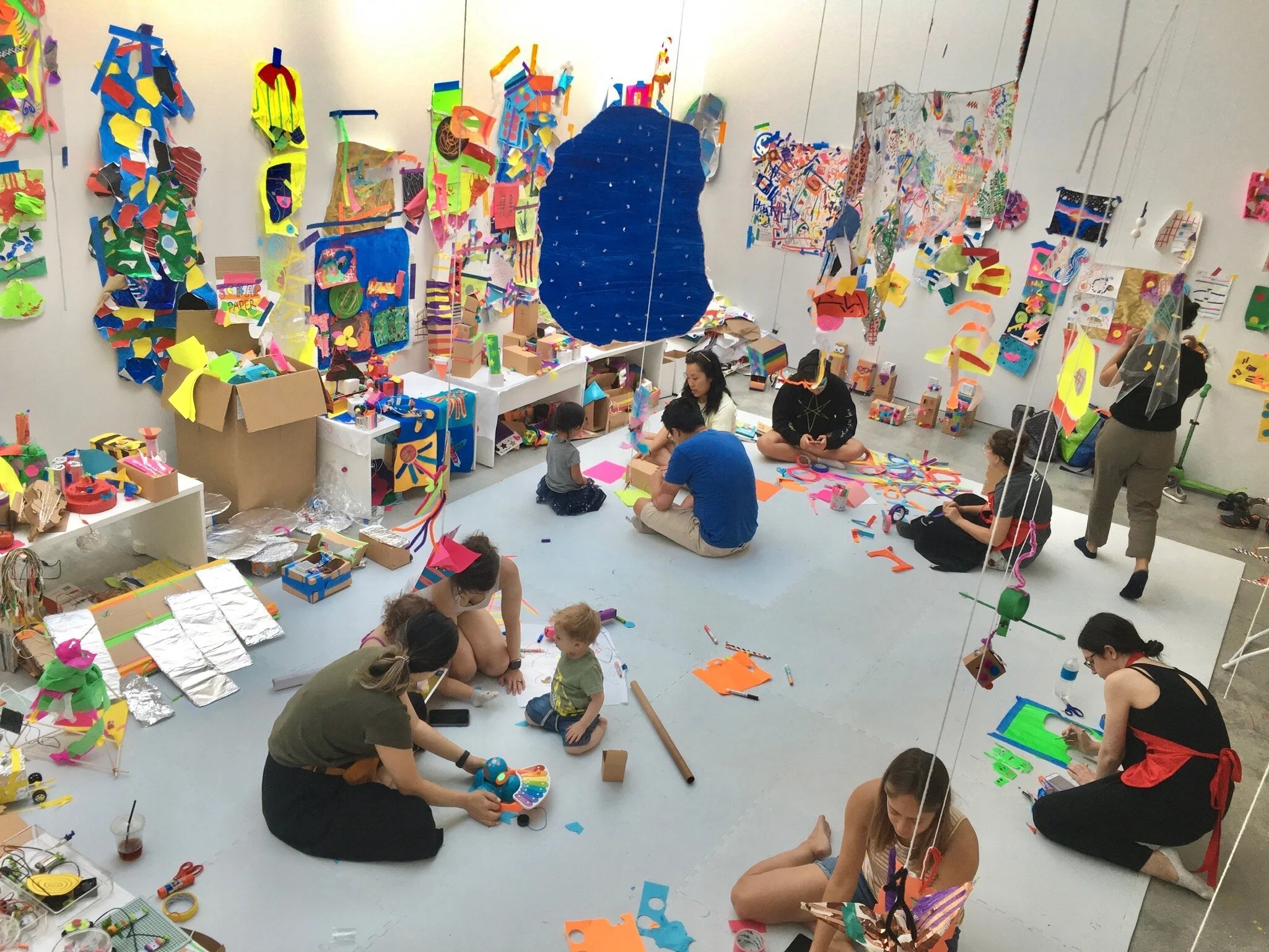GIANT at The Bank Street School for Children: Our Observations and Take-Aways So Far...
This fall, The GIANT Room is joining forces with The Bank Street School for Children in New York on an exciting STEAM initiative. We are working with their faculty to help infuse the curriculum and community with new opportunities for learning specifically around Technology, Computer Science, and Engineering practices.
Bank Street School for Children has a long history of excellence. For more than a century, the American educational community has looked to Bank Street for what is not only next, but also for what is best. They have established a world-renowned reputation for child-centered learning, inquiry-based curriculum, and commitment to social justice. The GIANT team is SUPER excited to be apart of this community to continue to foster the forward-thinking and progressive education tradition they have built and also to be inspired by the children and work we see. We want to share our journey with our community to give you all a peek into the things we are doing and how they are inspiring our work at The GIANT Room!
What are we observing?
The first step for GIANT is to understand and immerse ourselves in the Bank Street community. We have been visiting classes and observing teachers in action! A few observations that we want to call out include:
1- Language. Across the classrooms, we have noticed that the teachers use highly intentional language that is inquiry-based and inclusive. The attention to inquiry-based instruction is easy to recognize; teachers are not telling students what to do, but are instead prompting them to think and take their own actions. In the classroom, teachers make observations aloud and ask direct questions to groups or individuals. For example, a teacher may ask a student, “do you remember how we did it in the example?” or “how can you add to this?, or suggest “what if you tried….?” or give praise to groups or individuals by calling out specific behaviors they notice like “I appreciate the focus of this group (or child’s name)” or “I see that you have done …”. By prompting children through observation and questioning it allows them to own and decide what they should do next.
The Bank Street community is intentional with language and has a Language Values Handbook. The guide outlines shared suggested practices for the community around families, race/ethnicity, gender, socioeconomics, religion, and ability. This tool is available online for anyone to use as a resource.
2 - Integrated Art with Social Sciences. We observed a program called “integrated art” that involves an art specialist with a roaming Art Cart of materials that rotate based on the activity. The specialist works with classroom teachers on lessons, comes up with art-making activities that are best suited for the class to enhance aspects of the social science curriculum, and then travels to different classrooms and grades. As a kick-off to a new year activity, we observed the integrated art specialist provoking the class to share projects from last year that were memorable to them and then talking with them about why it was easy to recall them. She tied it to why making is important, sharing how the process of making by using our bodies and hands to build and create things helps the information stick in the long-term memory of our brains, similar to exciting moments like birthday celebrations.
3- Relationship to time. We noticed that the relationship to time is unique at Bank Street. Teachers encourage the children not to hurry or feel rushed, rather than prompting them along to get their work completed or sharing that there isn’t much time left. Teachers encourage students to take their time while calmly giving prompts on what to expect next and sharing specific actions for how to wrap things up so the class can transition to the next thing. The teachers create an environment for students where it is ok to not complete their work and can return to it later.
Why are these observations important and inspiring to us?
At GIANT, we value inclusivity and a diverse community and find the Language Values Handbook to be an informative resource on best practices of inclusive language. We also share the belief that teachers acting as guides to children’s actions are a powerful route to learning. Witnessing inquiry-based educators modeling different types of prompts has benefitted us and will continue to as we collect methods on how at GIANT we want to emulate speaking to and encouraging children.
Our program at GIANT is a STEAM approach, and as such we recognize the importance of the integration of art with all of the STEM (Science, Technology, Engineering, and Math) disciplines as well as the power of learning through making. From our pop-up program over the summer, we were delighted to see that children were discovering and using new technology tools and materials (like LEDs, motors, fans, etc.) because they were alongside familiar art tools like scissors, paper, and markers. We believe in using technology as a tool in the service of children’s ideas. As the integrated arts teacher shared, we are also inspired by constructionism and the notion that the act of making is rooted in good learning science! Thus, at GIANT we live our motto to “help children build the world they want to live in” by encouraging kids to come up with their own ideas and then helping them to make them real by actually building them.
Let’s face it, while there may never be enough time to finish projects or get it to a perfect state, it is an important variable to consider how to approach communicating “times up” to kids. We appreciate the actions we’ve seen at Bank Street to accept the pace the child is moving at, (we call this meeting them where they are), and to have a process for what to do next when a transition to something new is necessary. The combination of calm suggestions that there is no need to rush while working, with soft reminders of time left, and specific actions to take, make the transition to the next topic easy. We witnessed children moving seamlessly from one thing to the next as a group with the understanding that they can finish what they started later. At GIANT, we also encourage kids to work at their own pace, alone or with others, and like to remind them that prototyping involves many iterations and that they can always come back and continue their projects.
Stay tuned more observations from the field!






